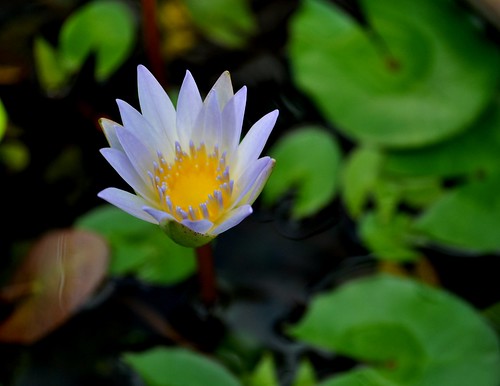What is it, again? Off to Wired.com I go, to read Clive Thompson on the Instagram Effect.
Apparently it’s an app that applies filters to your photos and allows you to instantly share them on the go. Okay, so…what’s new about applying filters and sharing photos?
The article implied this little app is opening people’s eyes to the beauty around them, helping them look at things artistically through their multitude of photo filters. More still life masterpieces, less grainy camera mugging. Hence, the Instagram effect.
I found this to be the passage to ponder [emphasis mine]:
In old analog cameras, many such filter “effects” were a chemical byproduct of the film, so photographers became expert at understanding the unique powers of each. Fujifilm’s Velvia film, with its high saturation and strong contrast, attracts photographers looking to capture the vibrancy of nature, Instagram cofounder Kevin Systrom notes.
But casual photographers rarely developed this type of eye, because they just wanted to point and shoot. What Instagram is doing—along with the myriad other photo apps that have recently emerged—is giving newbies a way to develop deeper visual literacy.
Is it, really? The author may be able to articulate what made the Velvia film special but do Instagramers know how their boring photo suddenly became artistic? I can see on Wikipedia the aptly named ‘1977’ filter for Instagram applies an old 70’s effect but why does it look that way? Was it the contrast? Brightness? Hue? Saturation? Are casual users of Instagram familiar with those terms and what they mean?
I wonder. Of course, anything meant for mass consumption must use terminology and a medium understood by the masses, not just a select group of professionals. That’s why software like Photoshop is a success with people who may not be visually artistic or technologically savvy.
But the further we travel on this road from real-world to digital photo manipulation, I think, the literacy Thompson speaks of gets lost in translation. Bits of knowledge fall by the wayside. “High saturation and strong contrast” = the colors pop.
Curiously, one of the comments on the article crystallized, in my mind, why Instagram exists. The commenter recommended an alternative photo app which allows the user to edit the filters—curves, channels, brightness, contrast, etc. It occurred to me: Does anyone care about curves? I tinker in Photoshop and generally don’t mess with anything more compilcated than sliders, checkboxes, and number inputs (and, yep, filters.) Who cares about channels? I just want to snap a photo, un-crapify it, and show it off to all my friends, family, and followers.
Instagram, like some of the more popular apps, is not for tinkerers. It is for consumers to consume. A lot. Rapidly. You can’t do that puttering around forever in settings or code. Am I lamenting the death of ‘real’ photography? Why, no. I’ve never had much interest in photography and only started taking lots of random shots when I first got a camera phone. (So, Thompson is right on that score, for people like me.)
What I am doing, as I often do when an article like this gets me pondering, is making note. I’m making note of trends like this, which make good fodder for science-fiction stories. *squirrels it away in Ideas folder to germinate*
Do read the whole article. It's well-written, not very long, and the author provides a distinct and interesting point of view on this trend.
What's your POV? Where do you think this trend in digital photography is going? Or is it going nowhere fast?
Photo credit: "Ricoh Hi-Color 35 (Original)" by Steve Keys, available under CC BY 2.0

